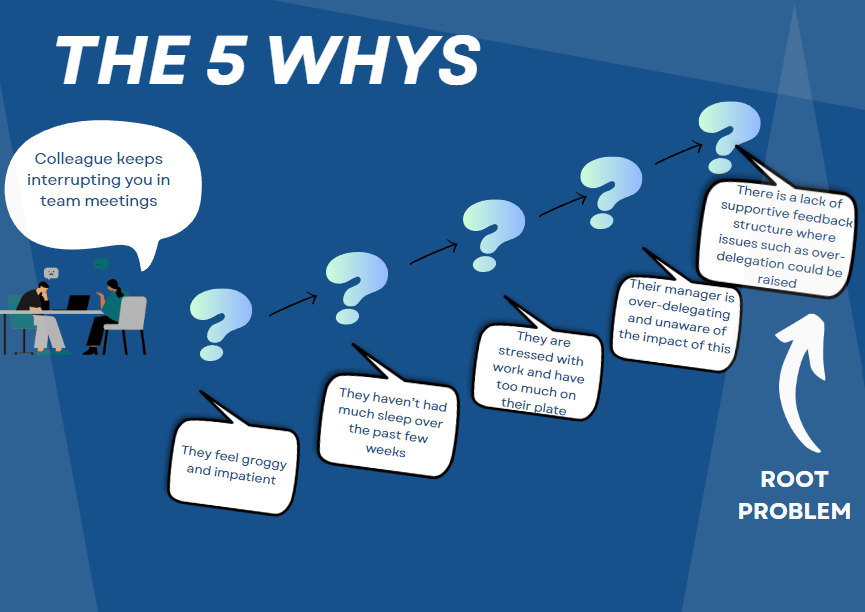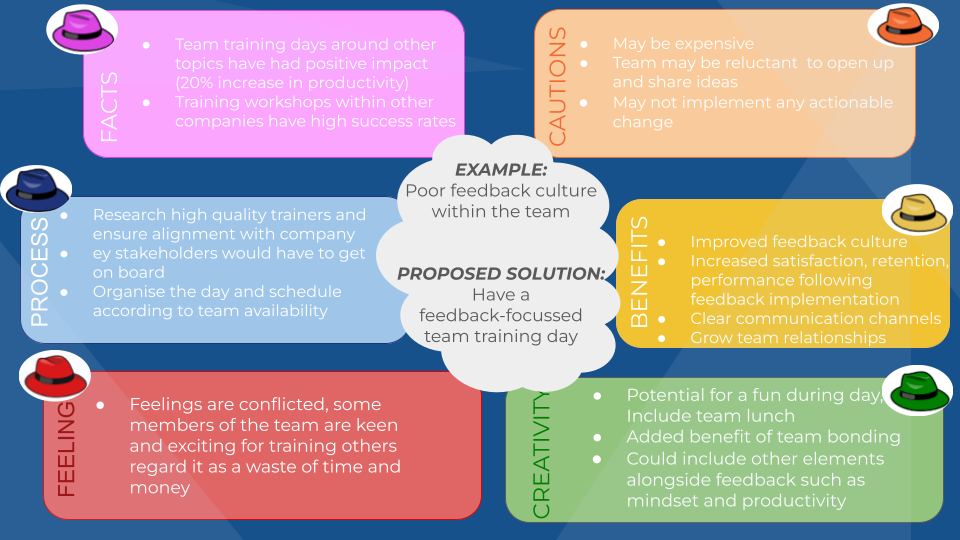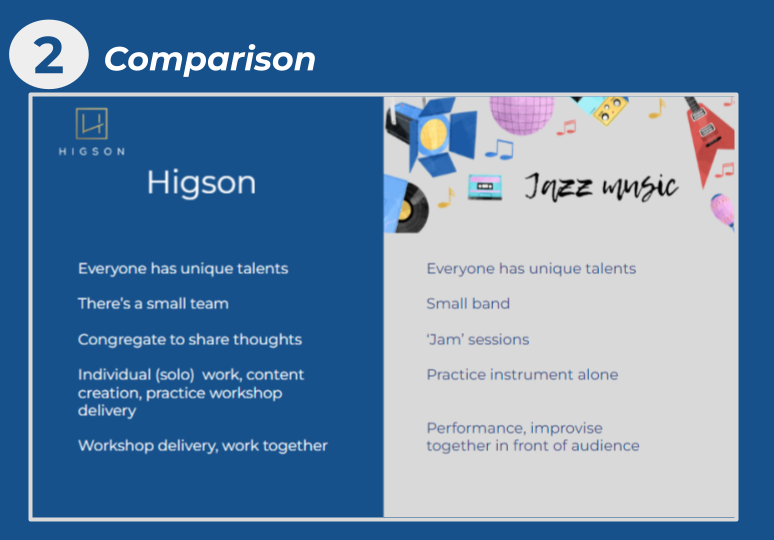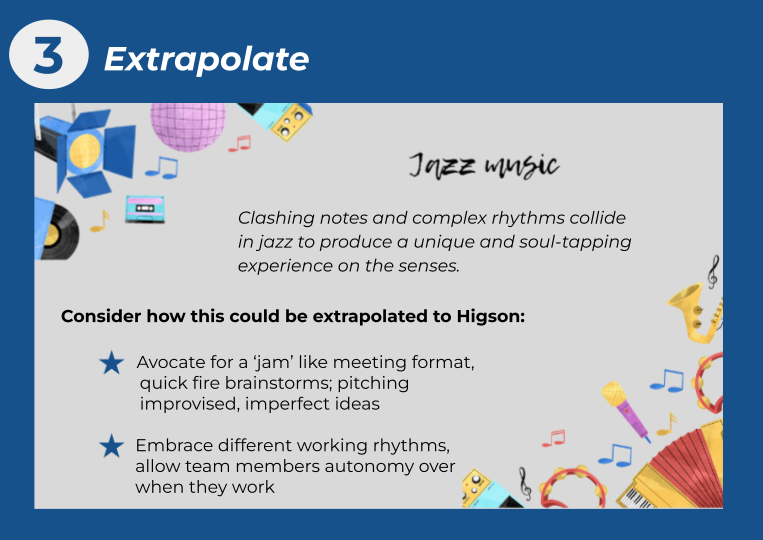24th October, 2023 • 4 mins

Written by Mimi Village
7th December, 2023 •

It’s 2016 and the former leading brand PepsiCo is losing more market share. Investors are calling it a “bloated giant” and are pulling their funding. Their key competitor has just had a rebrand and sales are booming. PepsiCo have become a ‘decentralised and far flung company’ in need of a reboot.
Flash forward to now. Their multinational success is exponential, developing 100’s of new health-focused products each year, with more than $86 billion net revenue in 2022 and ranking in the top 33% globally for employee happiness ratings.
How did they do it?
Indra Noonyi (the first woman to lead the soft-drink and snack-food company) drove a company-wide shift to health, people and design, attributing Pepsi’s success to ‘strategic thinking’.

So what is strategic thinking? Imagine you’re playing chess, a game of strategy. You have to understand what all your pieces can do, anticipate your opponent’s next move, hold deep focus and think critically about the advantages and risks of your next move. These are the core skills needed when you think strategically.
At Pepsi, Noonyi was able to predict the consumer shift to healthy living and aligned her product focus accordingly; by prioritising a cohesive, supportive and strong company culture she ensured her all the pieces on the chessboard were protected and covered each other; finally, she fostered the design skills of each individual (chess piece) in the company to promote innovative thinking. In this way, PepsiCo’s new cornerstones – health, people and design, came together to lead to the company’s global comeback.
‘Strategic’ thinking doesn’t only come into play during radical company upscales or vast organisational restructures – we need to think strategically every day.
Have you ever had to strategically navigate a tricky situation at work? Maybe you’re rushing to complete a project and other members of the team haven’t pulled their weight. Or you have to deliver some sensitive feedback upwards to a manager? It could be something as small as politely exiting a conversation with a very enthusiastic colleague to get to a meeting on time.
Strategic thinking can be defined as an intentional and rational thought process that combines creativity and logic to influence longer-term success. This blog will cover three practical strategies to help shift your mindset and think more strategically.
Don’t accept everything you hear. Adopt a more critical mindset, to get to the root of the problem.
A tool to help us develop this mindset is the ‘5 why’s’. If you have kids you’ll be used to this one! Young children tend to always ask ‘why?’ in response to anything we tell them to do e.g Why do we have to get up NOW? So we can get to school on time. Why? So you can learn. Why? So you can get an education. Why? So you can get a job and be happy in life!
Asking ‘why ’is a brilliant way to change our perspective from problem-solving to problem-finding. This shift allows us to tap into a different mindset and actively seek the root causes and new opportunities. Let’s take the example that your team member keeps interrupting you:

By using the ‘5 whys’ tool, you can uncover the root issue in this situation which is a lack of healthy upwards feedback culture. From this we can set actions on how to tackle this problem and maximise our chances of resolving it.
Another way to help ‘problem-find’ rather than ‘problem-solve’ is to place yourself in other shoes (or hats!) and consider the issue from different perspectives, to create a solution with the best outcome.

Most people will have a preference towards one or more of the hats. If you’re particularly risk averse maybe you tend to fashion orange.
If you run with the wind in your sails and get caught up in the gust of the moment perhaps your favourite hat has more of a green twinge. By taking a step back and looking at the situation through the different ‘hats’, you can reduce your own biases and develop a more objective perspective of a problem or potential plan.
Let’s take an example:

Weighing up and prioritising the hats can allow us to make a balanced and fair decision.
In the example above, we can weigh up the level of risk assessed using the ‘cautions’ hat against the other hats. In this case it’s likely the benefits outweigh the risks and the optimal outcome would be to go ahead with the proposed solution and have a feedback focused training day.
So you’ve identified the root ‘problem’ you want to solve, or maybe you’re stuck in a rut and need to come up with some ‘out of the box’ ideas.
Have you ever been told to ‘just think outside the box’?. You may have found this rather frustrating advice. What’s in the box? Where is the box? How big is the box?
Recent research suggests using analogies with businesses in other industries and reimagining business structures in terms of metaphors and abstract ideas sparks new connections in the brain. This is called ‘associative thinking’.
Many successful entrepreneurs have used associative thinking.
Charlie Merryl reimagined banks as ‘financial supermarkets’, bringing banking to the middle class in the 1930’s.
Pepsi reimagined its products through a ‘gamer’ user-experience lens; one of the products ‘Pepsi Spire’ is a soda fountain that allows users to digitally mix flavours, almost like a game. This product attracts customers from a completely different angle, tapping into visual, decision-making and tactile angles rather than simply the taste of a fizzy drink in a can.
So how can we use associative thinking?
First, develop your curiosity and grow your knowledge base to help you think more creatively: increase your exposure to new contexts, environments and ways of thinking.
You could do this through reading books outside of your favourite genre, listening to new podcasts, joining new social groups and clubs, even having coffee in a different café can spark new connections in your brain.
If you’re trying to think more creatively within a specific context, such as kick-starting that side business or coming up with an idea for new marketing content, one activity that can fire up new connections is this three step associative thinking tool:
1.Brainstorm

2. Compare

3. Extrapolate

Maybe we’re not all driving the 180° pivot of multinational companies like Pepsi, but we can all benefit from thinking strategically, whether it be a day to day mindset shift to view problems through a different lens or to get a business off the ground.
Whatever challenges you’re facing, use these three key tools to make your next move count:
At Higson we run workshops and training programmes to help individuals and teams think strategically and grow business opportunities. If you would like to learn more please get in touch.